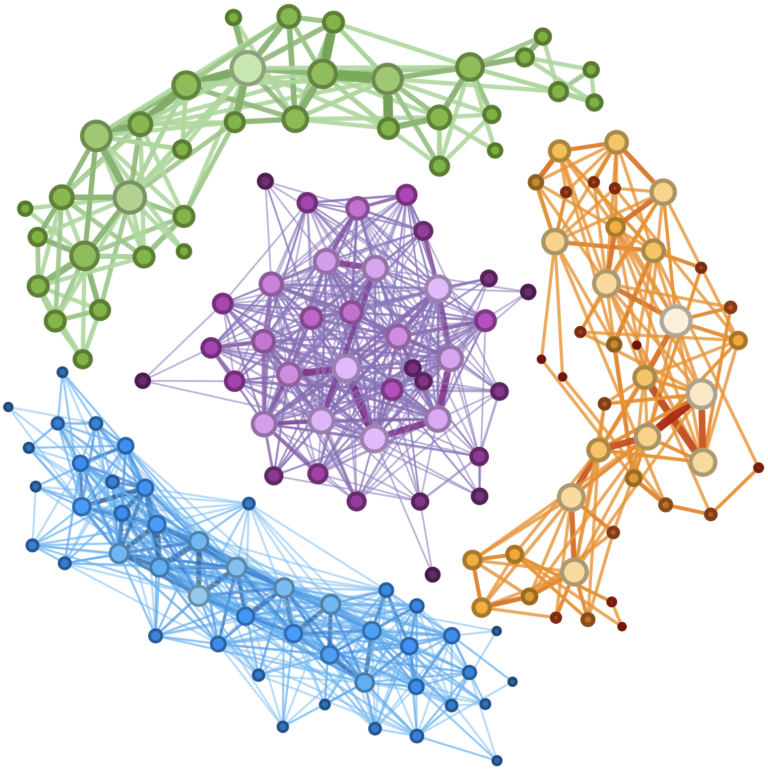
Even today, centuries after he lived, Johann Sebastian Bach remains one of the world’s most popular composers. On Spotify, close to seven million people stream his music per month, and his listener count is higher than that of Mozart and even Beethoven. The Prélude to his Cello Suite No. 1 in G Major has been listened to hundreds of millions of times.
What makes Bach’s music so enduring? Music critics might point to his innovative harmonies, complex use of counterpoint and symmetrical compositions. Represent Bach’s music as a network, however, where each node stands for one musical note, and each edge the transition from one note to another, and a wholly different picture emerges.
In a recent paper in Physical Review Research, Dani S. Bassett, J. Peter Skirkanich Professor in Bioengineering and in Electrical and Systems Engineering within the School of Engineering and Applied Science, in Physics & Astronomy within the School of Arts & Sciences, and in Neurology and Psychiatry within the Perelman School of Medicine, and Suman Kulkarni, a doctoral student in Physics & Astronomy, applied network theory to Bach’s entire oeuvre.
The paper sheds new light on the unique qualities of Bach’s music and demonstrates the potential for analyzing music through the lens of networks. Such analysis could yield benefits for music therapists, musicians, composers and music producers, by giving them unprecedented quantitative insight into the structure of different musical compositions.
“This paper provides a starting point for how one can boil down these complexities in music and start with a simple representation to dig into how these pieces are structured,” says Kulkarni, the paper’s lead author. “We applied this framework to a dozen types of Bach’s compositions and were able to observe quantitative differences in how they were structured.”
Read the full story in Penn Engineering Today.
